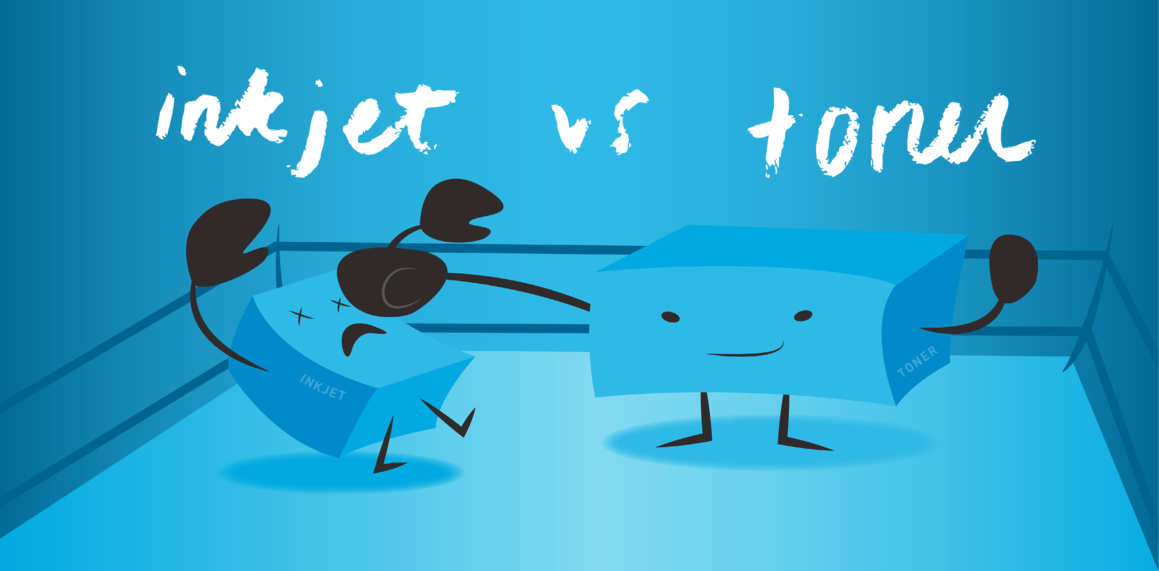by Joe Olivo
Yes, inkjet is gaining ground. According to Smither Pira, inkjet will overtake toner as the primary digital printing process by 2019. Advances in inkjet technology are making it suitable for more and more commercial digital printing applications. Inkjet already is the process of choice in high-volume digital printing and book printing. But several factors are keeping it from reaching its full potential in the broader commercial printing market.
This was confirmed for me during my recent attendance at Dscoop, or the “Digital Solutions Cooperative.” Dscoop is a community of users of HP’s graphic arts technology. HP currently owns majority share in the digital press market with its Indigo presses.
Dscoop is a significant source of information to predict how and when future printing technologies will be deployed. While HP supports the conference, the users group is independent of HP; its focus is helping members share knowledge to stay abreast of movements in digital printing so they can successfully manage their businesses. Not only does my attendance at Dscoop allow me to see cutting-edge print and finishing technologies, it gives me the opportunity to chat with other attendees about printing business trends.
Based on my talks with fellow attendees, and on the equipment demonstrations I saw while at Dscoop, I believe the more mature toner process will continue to be the leader in the commercial digital print market for at least a few more years. Inkjet presses still need a little more time before they will be able to provide the quality necessary for commercial printing and fulfill the promise of faster production speeds and lower consumable costs.
Coverage – Toner printers consistently produce medium-to-heavy areas of coverage better than inkjet. Inkjet’s quality has not yet reached a level acceptable to the graphic designers, print production personnel and marketing professionals who purchase most commercial printing.
Substrate Variety – Toner can be used on a wider variety of substrates than inkjet at this point. While no production process can print on every substrate, there is a limit in the types of paper available for use with inkjet. Many papers used for inkjet require a special coating to treat the stock prior to printing.
Advanced Finishing – Toner equipment manufacturers have enhanced their presses to provide digital finishing processes. Both Kodak and HP have digital presses that offer dimensional (raised) printing, while the HP Indigo can produce an embossed effect in line.
Cost – Inkjet press costs make it hard to have a profitable business model in the short-to-medium run market. Toner presses still allow printers to have a more cost-effective model at this time.
Drupa 2016 is the next watershed moment for inkjet printing. Drupa, the world’s largest graphic arts tradeshow, is where vendors traditionally debut new technology. I expect to see lots of news and announcements about inkjet at Drupa. Funny enough, the last Drupa, held in 2012, was billed as the “Inkjet Drupa” as inkjet was supposed to emerge from Drupa and take over the commercial digital printing market. While the 2016 Drupa will undoubtedly feature significant improvements in inkjet technology, the question remains whether these improvements will be enough to make it more widely accepted in the short-to-medium run market.



Leave a Reply